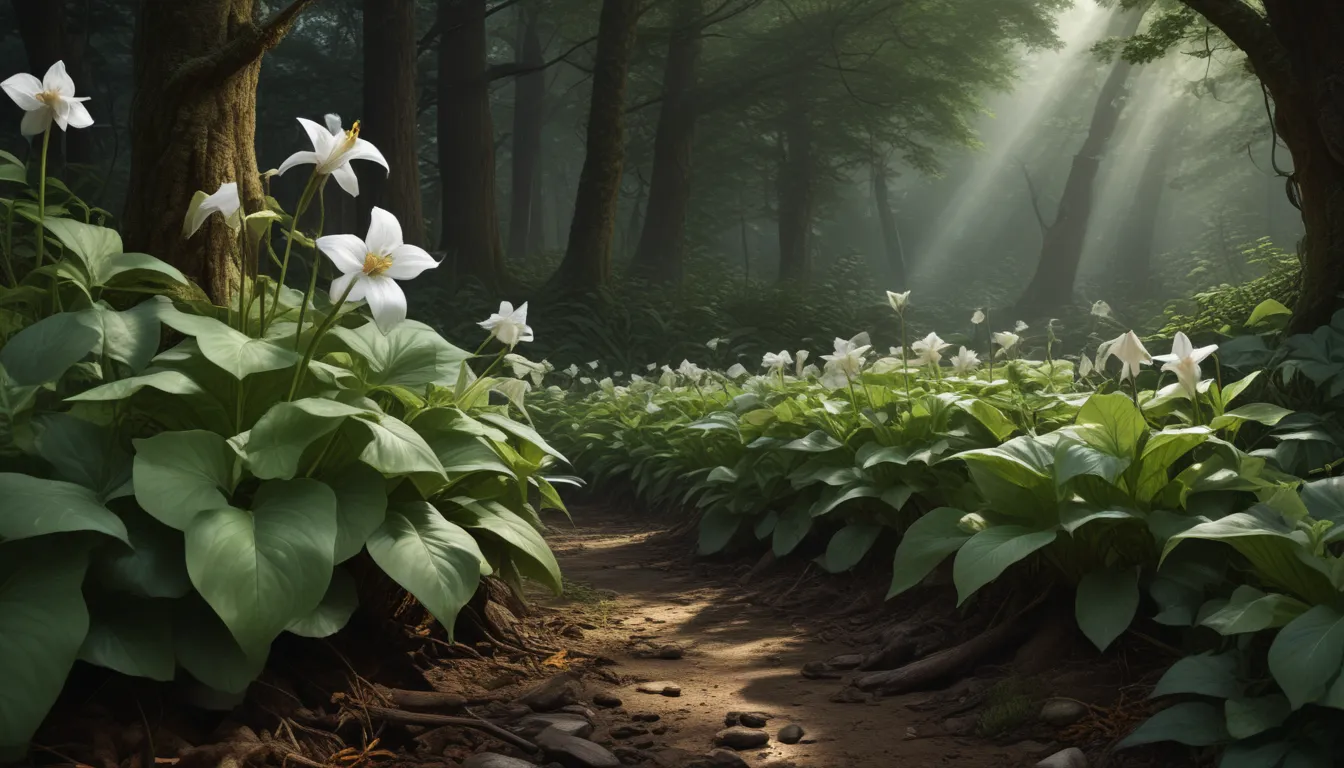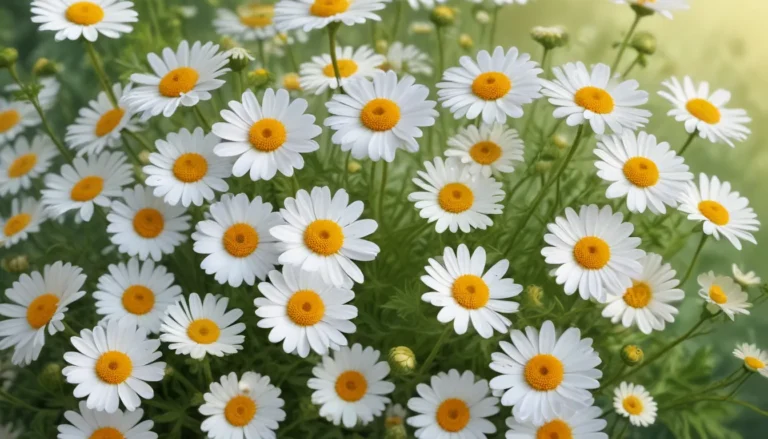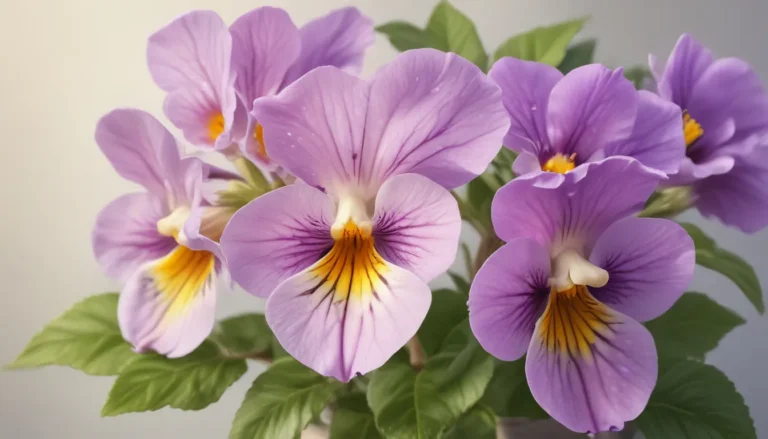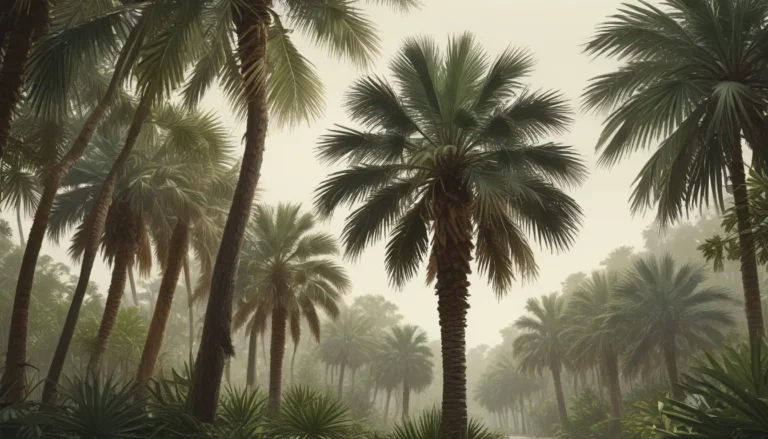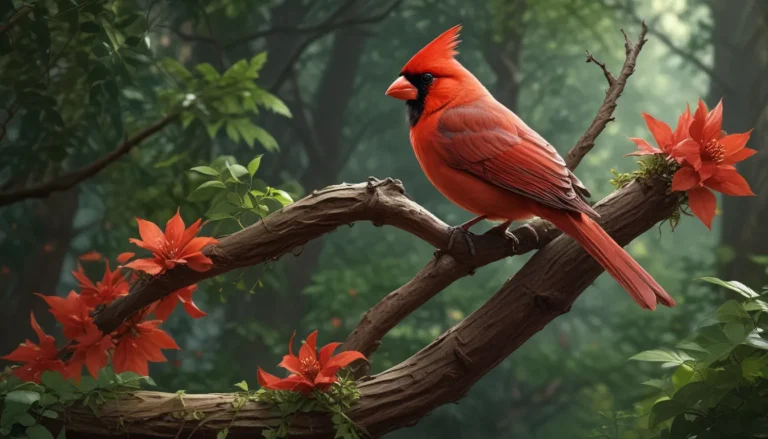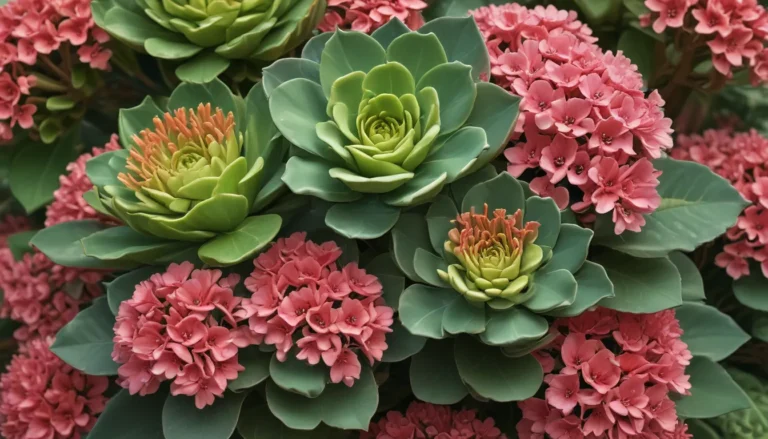The pictures we use in our articles might not show exactly what the words say. We choose these pictures to make you interested in reading more. The pictures work together with the words but don’t take their place. The words still tell you the important facts.
Trillium plants, with their enchanting three-petaled flowers and lush foliage, have long been a source of fascination for nature enthusiasts and botany lovers around the globe. Originating from various regions, including North America and Asia, these captivating plants boast unique characteristics, medicinal properties, and cultural significance that make them a topic of intrigue and wonder.
In this comprehensive guide, we will delve into 13 captivating facts about Trillium plants, unveiling their diverse colors, distinctive aroma, environmental importance, and more. Whether you are an avid gardener, a curious soul with a passion for nature, or simply intrigued by the beauty of the plant kingdom, this article is sure to captivate your interest and expand your knowledge of Trillium plants.
The Enigmatic Trillium: An Introduction
Trillium, a genus of flowering plants belonging to the Melanthiaceae family, is known for its striking three-petaled flowers and broad leaves. These perennial plants are native to woodland areas of North America, particularly in temperate regions found in the United States and Canada. With their unique growth patterns, attractive flowers, and sensitivity to environmental changes, Trillium plants serve as crucial indicators of ecosystem health and vitality.
Unveiling the Diversity of Trillium Flowers
Trillium flowers, renowned for their delicate appearance and sweet aroma, come in a variety of colors, including white, pink, red, and yellow. The diverse array of hues adds to their overall beauty and allure, making them a cherished sight in the natural landscape.
- Trillium flowers exude a sweet or musky scent, attracting pollinators like bees and flies.
- These vibrant flowers play a vital role in the ecosystem by attracting pollinators and relying on ants for seed dispersal.
Discovering the Lifecycle of Trillium Plants
Trillium plants exhibit a unique growth pattern, characterized by a rhizomatous root system that sends up a single stem topped with three leaves and a solitary flower. It takes several years for a Trillium plant to reach maturity and produce flowers, showcasing the plant's resilience and adaptability in shaded forest environments.
- Trillium plants can live for several decades, with some species surviving up to 70 years under optimal conditions.
- Trilliums serve as indicators of ecosystem health, reflecting changes in temperature and habitat conditions.
Cultivating Trillium Plants: A Delicate Endeavor
While Trillium plants are predominantly found in the wild, they can also be successfully cultivated in home gardens with the right soil conditions and shade. This allows plant enthusiasts to appreciate their unique beauty up close and contribute to the conservation and preservation of these exquisite plant species.
- Trillium flowers symbolize purity and beauty, embodying elegance and grace in various cultures.
- Due to their ecological significance and vulnerability to habitat destruction, Trillium plants are protected in many regions to ensure their survival and propagation.
Exploring the Medicinal Uses of Trillium Plants
Certain Native American tribes have traditionally used specific species of Trillium for medicinal purposes, attributing healing properties to these versatile plants. While caution is advised in using herbal remedies, the cultural and medicinal significance of Trillium plants underscore their unique value and importance in traditional practices.
- Trillium seeds are dispersed by ants, aiding in seed dispersal and propagation.
- Trillium plants play a vital role in maintaining the delicate balance of ecosystems and supporting biodiversity.
Conclusion: Embracing the Wonders of Trillium Plants
In conclusion, Trillium plants are a source of endless fascination and wonder, captivating botanists, nature enthusiasts, and gardeners with their unique characteristics and ecological importance. From their diverse colors and sweet aroma to their medicinal properties and cultural significance, Trillium plants offer a treasure trove of knowledge and appreciation for the wonders of the natural world.
As you navigate the enchanting world of Trillium plants, take a moment to revel in their beauty, resilience, and vital role in sustaining the delicate balance of ecosystems. Whether encountered in the wild or cultivated in home gardens, Trillium plants serve as a poignant reminder of the intricate web of life that surrounds us, enriching our lives with their beauty and vitality.
FAQs: Unraveling the Mysteries of Trillium Plants
-
What are the different types of Trillium?
Trillium encompasses several species, each with distinct characteristics such as flower colors and growth habits. -
Are Trillium plants endangered?
Some species of Trillium are considered endangered or threatened due to specialized habitat requirements. It is crucial to protect their natural habitats and avoid disrupting their ecosystems. -
Can Trillium plants be grown in gardens?
Yes, Trillium plants can thrive in garden settings with specific soil types, light conditions, and moisture levels. Researching the needs of each Trillium species is essential for successful cultivation. -
Are Trillium plants medicinal?
Certain indigenous cultures have used Trillium plants for medicinal purposes, attributing healing properties to these versatile plants. Caution is advised when utilizing herbal remedies. -
Are Trillium plants easy to propagate?
Trillium plants present challenges in propagation due to their specific environmental requirements and symbiotic relationships. Professional growers and enthusiasts may employ various methods for successful propagation.
As you embark on your journey of discovery and appreciation for Trillium plants, remember that each fact you encounter is a testament to the wealth of knowledge and insights contributed by individuals like you. Embrace the wonders of the natural world with us, and let the beauty of Trillium plants inspire and enrich your understanding of the intricate tapestry of life.
